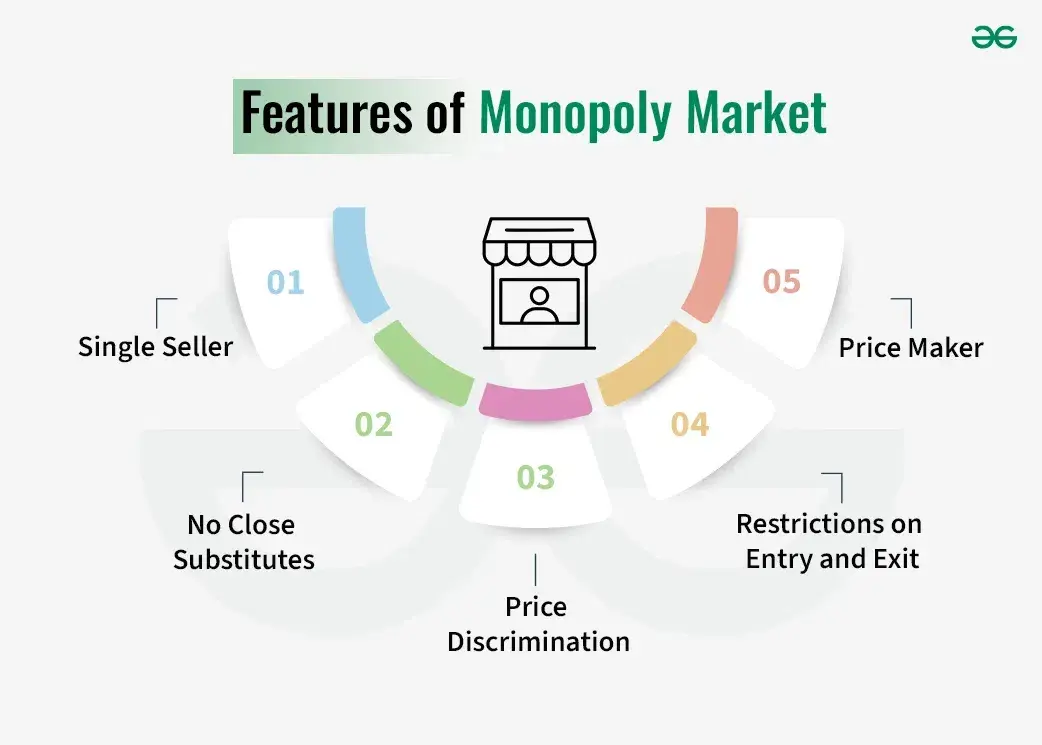Introduction to Monopoly
In this module we explore markets with a single seller, known as a monopoly market.
Key Questions Addressed
-
What are the profit-maximizing quantity and price for a monopolist?
-
How does this profit-maximizing price compare to a perfectly competitive price?
-
What is the social cost of a monopoly?
Examples of Monopoly Firms
-
AbbVie: A pharmaceutical company that patented the drug Humira in 2002.
-
A patent is an exclusive right of production of a good or service.
-
AbbVie was the sole producer of Humira from 2003 to 2021.
-
Humira is an injectable drug used to treat rheumatoid arthritis.
-
During its patent period, AbbVie earned over $200 billion in revenue from Humira.
-
-
Microsoft: The sole seller of the Windows operating system.
-
Wolfram: The sole seller of the Mathematica software.
-
SpaceX: Considered a de facto monopoly for satellite launches into Earth's orbit.
Causes of Monopolies
-
Government Regulation: Patents and copyrights grant exclusive rights, and governments may create monopolies in sectors of national importance (e.g., defense, railways).
-
Control of Scarce Resources: Companies may control essential resources, like the De Beers Diamond Consortium.
-
Cost Structure: When average total cost decreases as output increases, it can lead to a natural monopoly (e.g., cellular service companies, private utility companies).
Profit-Maximizing Quantity and Price of a Monopolist
-
The demand curve faced by a monopolist is the market demand curve.
-
A monopolist must lower the price to sell more quantity and vice versa.
-
In contrast to perfectly competitive markets where firms are price takers, monopolists choose the price.
-
Profit is total revenue minus total cost.
-
The profit-maximizing quantity can be determined using the Marginal Principle: Produce the largest quantity such that marginal revenue is greater than or equal to marginal cost, provided that profits are not negative.
-
Total revenue is price times quantity, and total cost is average total cost times quantity.
-
The monopolist's profit is the difference between total revenue and total cost.


No Comments